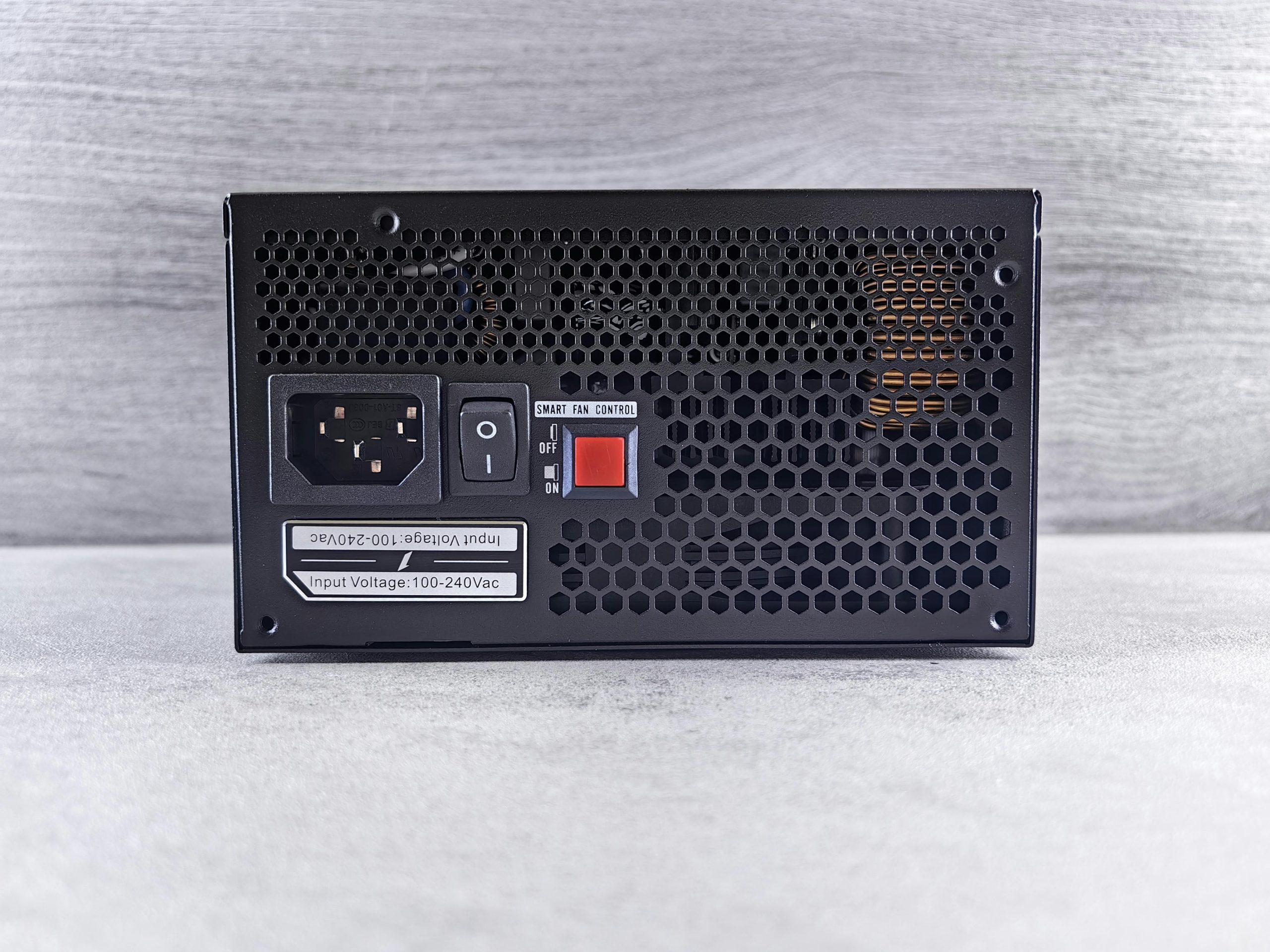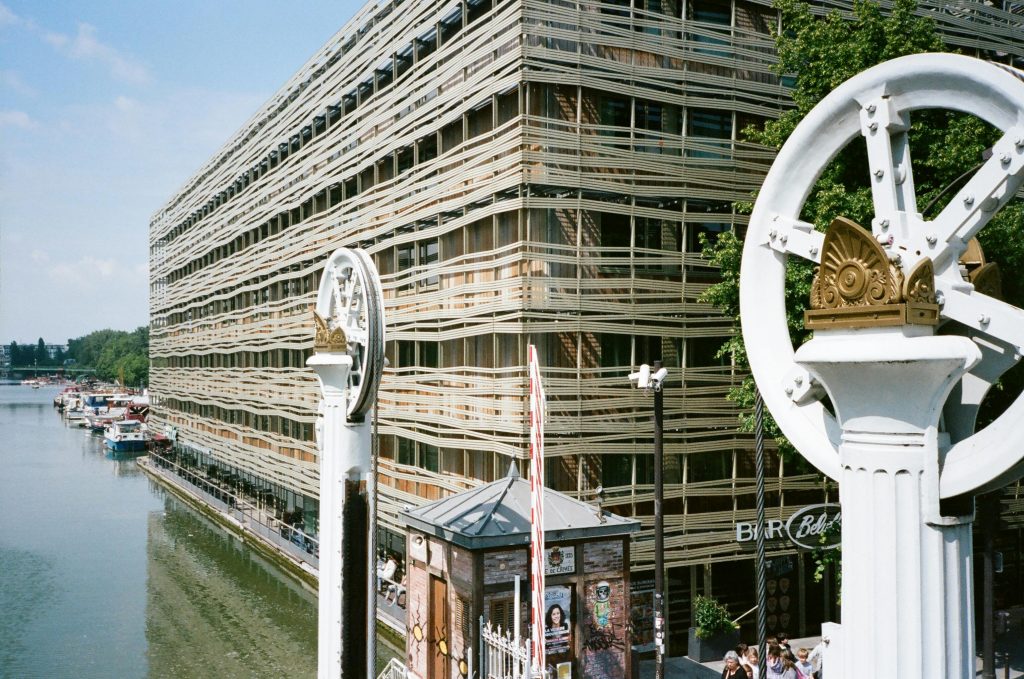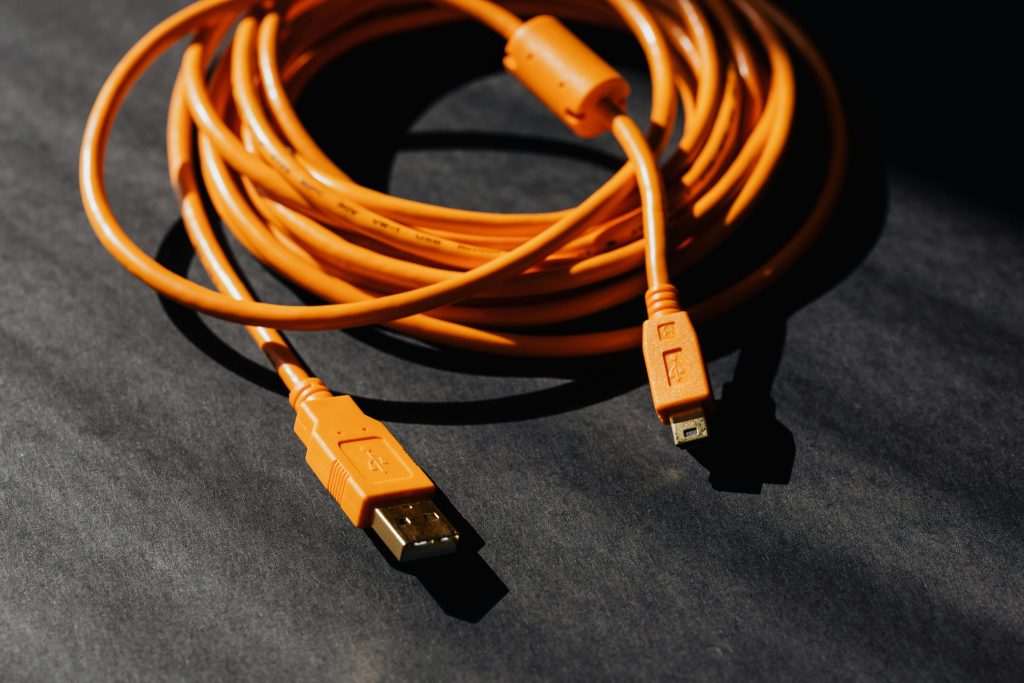Troubleshooting Black Screen Issues During Windows Restart: A Comprehensive Guide
Introduction
Experiencing technical issues with your PC can be frustrating, especially when problems occur specifically during system restarts. One common concern is encountering a black screen after initiating a reboot, which prevents normal operation and complicates troubleshooting efforts. This article provides a detailed overview of possible causes and effective solutions to address black screen problems during Windows restarts.
Understanding the Problem
Many users report that their computers function flawlessly during regular boot-ups, with peripherals such as the mouse and keyboard lighting up, and fans spinning normally. However, when restarting the system—whether after a normal shutdown or during Windows updates—the display remains blank indefinitely until a manual power cycle is performed.
This issue appears to be isolated to restarts, as normal boots proceed without hindrance. Symptoms may include:
- Black screen following a restart, with no display output
- Successful initial hardware initialization (lights, fans)
- No visual feedback despite the system powering on
- Recurring during Windows updates or system changes
Diagnostic Observations
- The issue occurs specifically during restart, not during power-on or shutdown
- Safe Mode restarts work normally, indicating potential software or driver conflicts
- Updating video drivers has not resolved the problem
- Keyboard shortcuts to refresh graphics drivers (e.g., Windows Key + Ctrl + Shift + B) are ineffective
- The problem persists across multiple Windows versions or configurations
Potential Causes
Several factors could contribute to this problem, including:
- Graphics Driver Conflicts or Corruption
- Windows Update Interruptions or Compatibility Issues
- BIOS or UEFI Firmware Settings
- Hardware Compatibility or Faults
- Pending Windows Updates or System Files Corruption
Recommended Troubleshooting Steps
- Verify Graphics Driver Stability
- Roll back to a previous stable driver version if recent updates were attempted
- Use Display Driver Uninstaller (DDU) to completely remove current drivers, then reinstall the latest or stable driver versions
- Check and Update BIOS/UEFI Firmware
- Update your motherboard firmware to ensure compatibility and stability
- Reset BIOS settings to default to eliminate misconfigurations
- Perform a Clean Boot
- Disable unnecessary startup programs and services to identify software conflicts
- Inspect Hardware Components
- Test RAM and graphics card for faults
- Ensure all connections are secure
- Run System File Checker and DISM
- Use Command Prompt with administrator privileges
Share this content:



